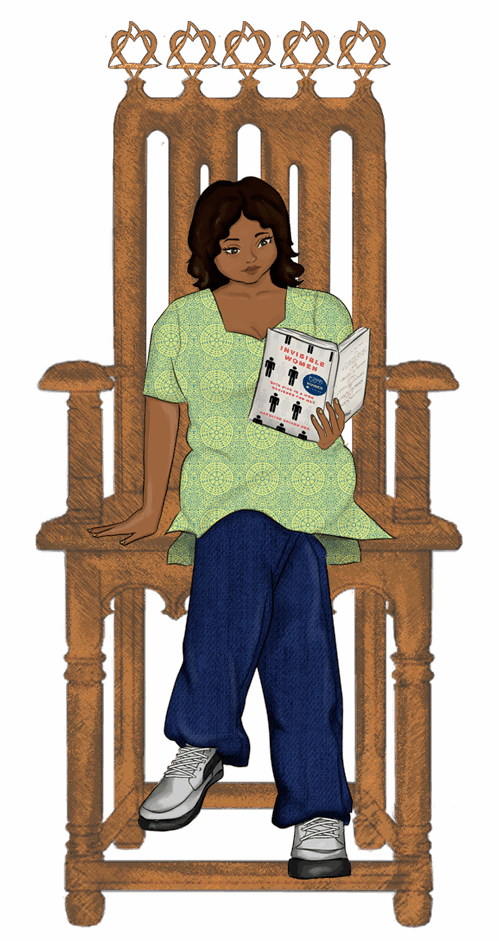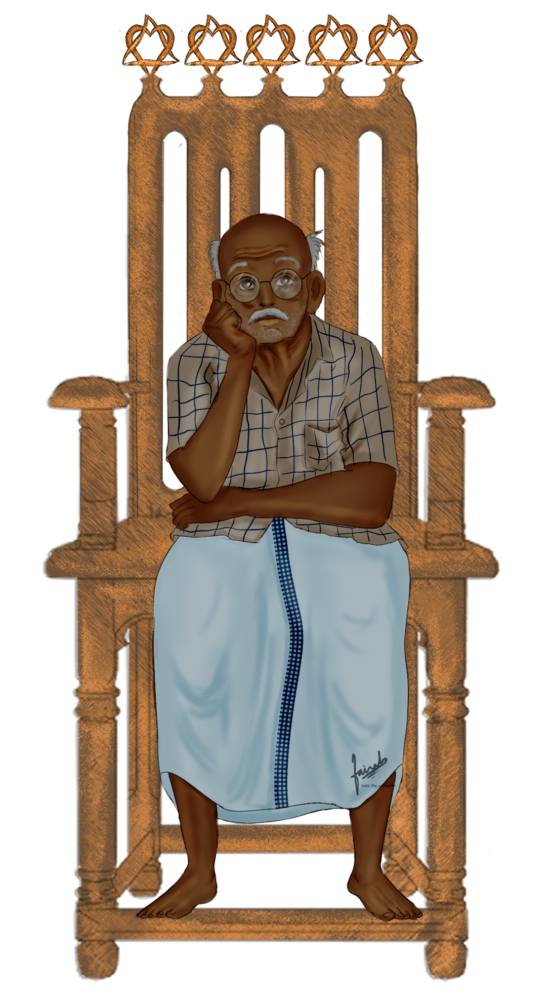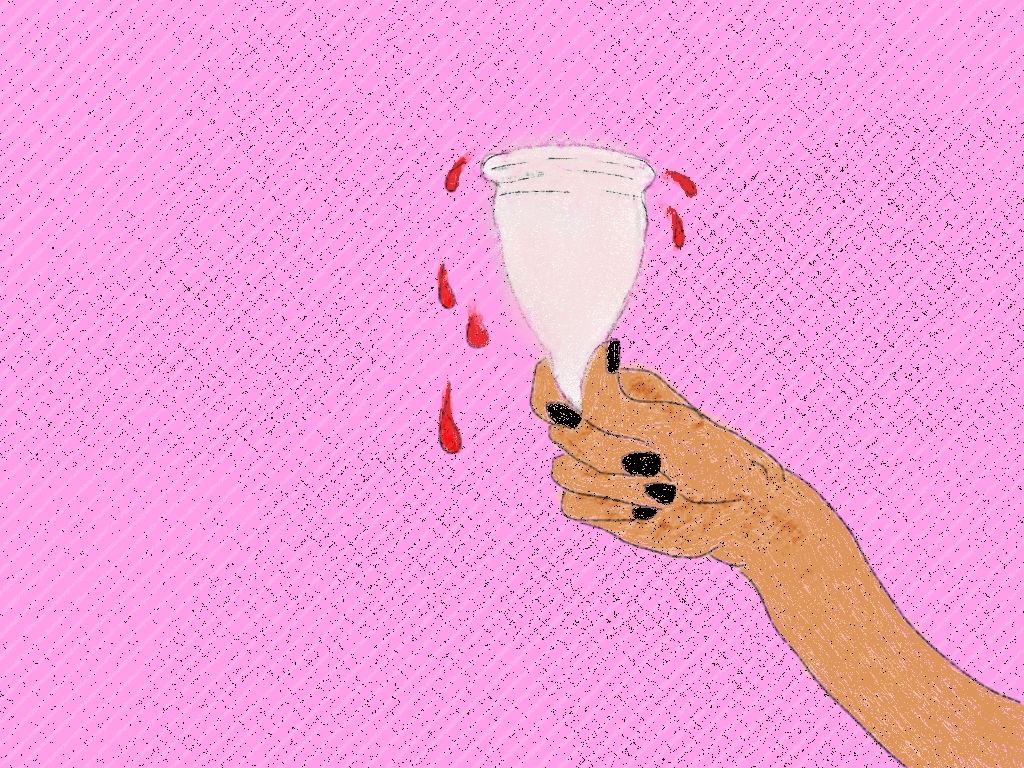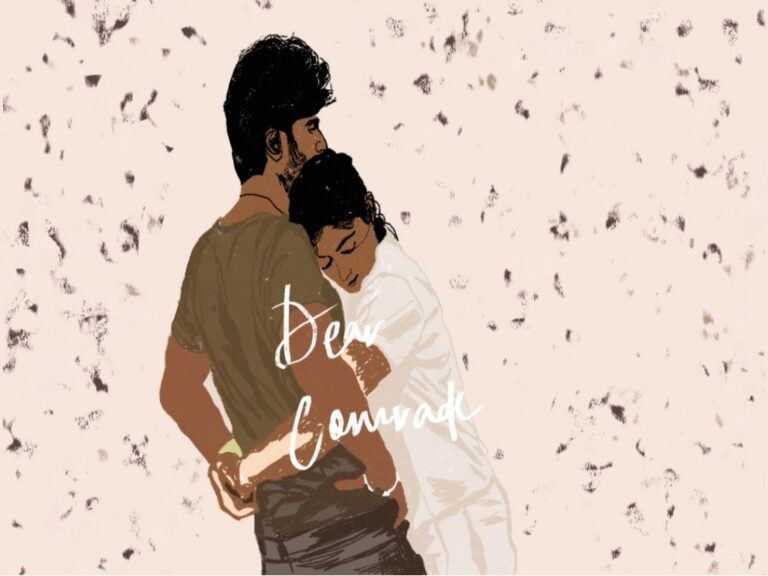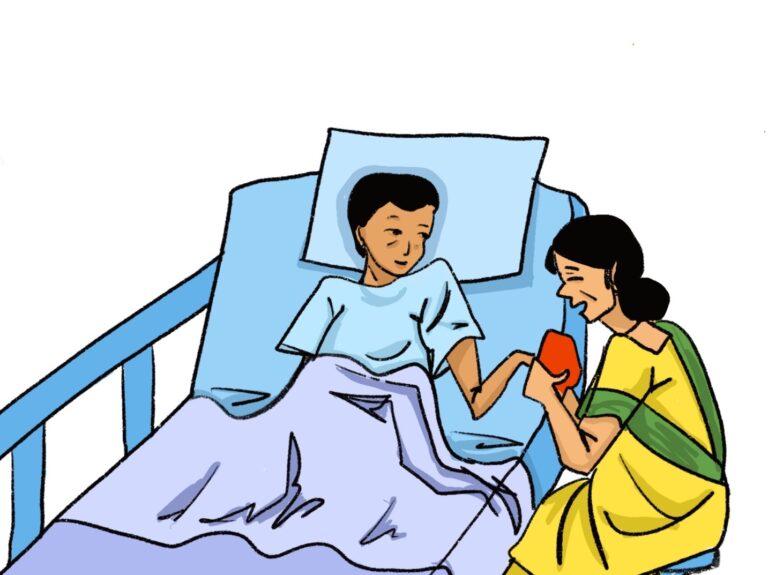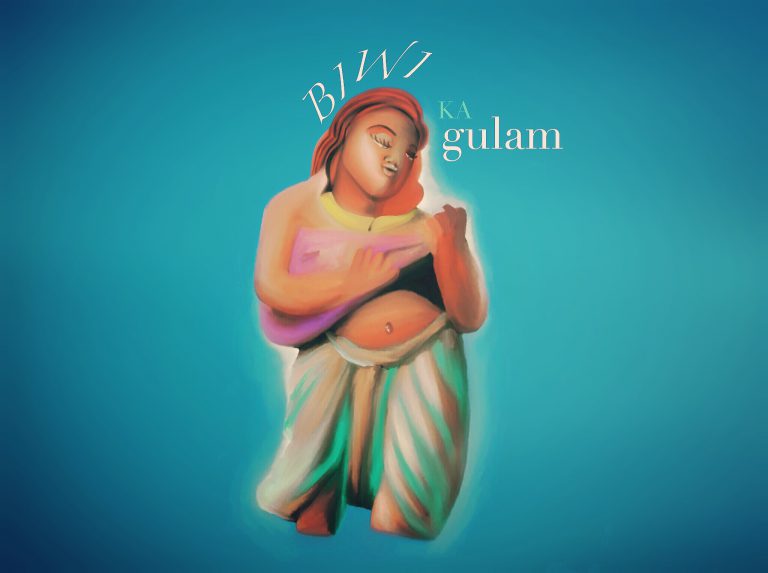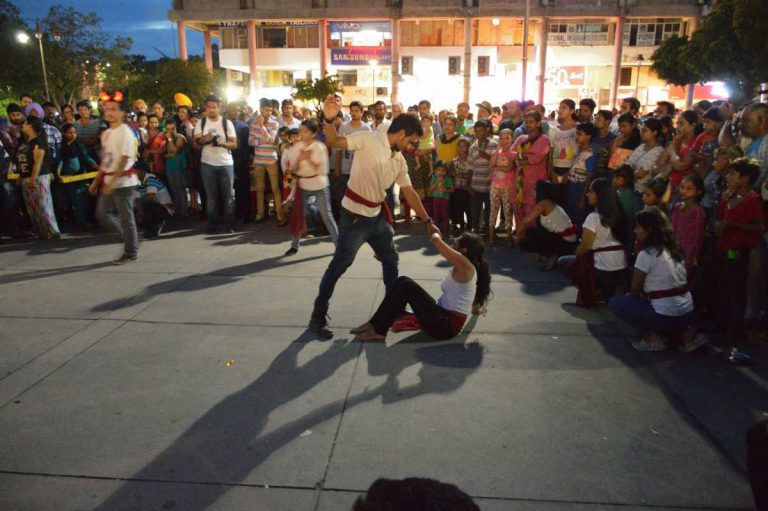Cycles of Change: My menstrual journey from Cloth to Cup
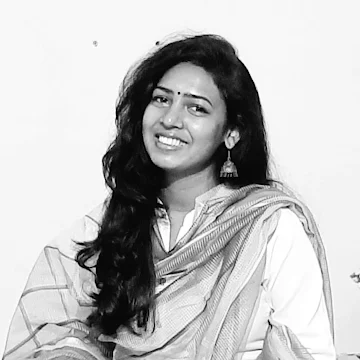
Clara Mallik has worked across grassroots and policy spaces, with a focus on gender and social equity. She began her journey in the Betul region, of Madhya Pradesh implementing socio-economic policies and working closely with communities. Later, she served as a consultant to the government, offering policy suggestions and strategic inputs. Clara is currently on a professional break, using this time to reflect and realign her engagement with social justice and development work.
Today, I saw an ad on Instagram about period Underwear—reusable underwear launched as a sustainable alternative to sanitary pads(napkins). They market themselves as an attempt to reduce waste generated from used pads and also cut down on the recurring monthly cost of it. That reminded me of my own journey with menstruation and the menstrual products I have been introduced to over the years.
While growing up in a village in Odisha, menstruation wasn’t alien to me when I got my first period at the age of 13. Spending time with older girls in the village, you eventually get introduced to periods through whispered “hush-hush” conversations and unspoken gestures. Since the neighboring houses were closely connected, visiting them was part of my daily after-school routine. During one of such visits, I saw an elder dei (sister) in pain, and found her mother quietly telling another neighbor aunty, “She’s going through her masikia dina-mens (monthly days).” That’s how I first came to know that something changes as you grow up, which involves pain. I also remember noticing a bloodstain on the back of another didi’s dress. When I pointed it out, she looked embarrassed and told, “Don’t say it loudly, I am on my mens-masikia dina, that’s why there’s blood.” That’s when I realized that these terms “monthly days-mens” involve bleeding.
So, when I saw blood for the first time in my Underwear, it wasn’t exactly shocking—but I was surprised when my mother got teary-eyed when I shared the information with her that morning. She checked my underwear, asked me to skip school that day, and told me to take a bath. Then she brought a clean one-meter cotton cloth and showed me how to fold it in layers—into a thin, pad-like shape—and how to place it in my underwear. I recognized that the piece of cloth was torn from one of her cotton sarees, which she had worn only a few times before.
When I came out of the bathroom, my grandmother told my mother to give me a mat to sleep in a corner separately, in our single-room house. My mother nodded, took me to the room, but asked me to sit on the bed instead. My mother, who had been to high school but never graduated, told me with teary eyes that from now on, I would get blood in my underwear every month for consecutive 4–5 days and might feel pain in my lower stomach. She said it’s called a period, and whenever I get my period or feel pain, I should always tell her.
Years later, I asked her why she cried that day, she confessed it was because her daughter was stepping into her teenage—and that scared her. She wished I could have remained a child for longer because the world becomes harsher for girls once they grow up.
For the next four days, every two hours, my mother would bring me a fresh piece of cloth from that same saree. She taught me how to fold and use it, and asked me to keep the used pieces in a bucket in the bathroom. I remember seeing my father washing those blood-stained cloths the next morning. My father washing our clothes was a normal weekend routine I have been brought up with, so I didn’t find it strange at the time. Only later, when I worked across different states and encountered different cultures where women aren’t allowed to touch men or enter the kitchen during their periods, did I realize how different my upbringing was.
In our village, everyone could tell when I had my period because we dried those cloth pads openly in the backyard rope. My mother always emphasized that they needed to be washed in hot water and dried in the sun to stay clean and hygienic. Until I left home for the hostel, I rarely had to wash them myself—my parents took care of it. Every few months, my mother would burn the old clothes and give me a fresh set. My first period cramp, which I got a few months later, had me rolling in pain on the bed when my father gently stroked my forehead and then rushed to the local medicine shop to get painkillers, and after taking those, I felt as if I had been given a new life.
Using clean cotton clothes was normal until I went to the hostel. That’s when my mother introduced me to sanitary napkins like “xxxper” and “xxxxfree”—brands I had only seen on TV commercials that showed them soaking up the whole pond water like magic. I went on to study engineering and got to know from the informal discussions that using cotton clothes was considered unhygienic and that pads were seen as the hygienic option, even though I had never gotten any infection while growing up. But as I was becoming more aware, a well-educated, science-taught, university-going woman, I convinced myself of this popular notion—sold to me by sanitary napkin companies—that cotton cloths weren’t good, and that single-use sanitary napkins were the better option during menstruation.
Engineering Hostel life also introduced me to the concept of ritual purity around menstruation. At the hostel, my Odia friends would stand outside their rooms, asking their roommates to fetch clothes from the wardrobe and place their buckets in the bathroom because they had started their period and hadn’t bathed yet. They wouldn’t touch anything until they did. Otherwise, if they touch anything that will get impure and further they shared that period’s rules are stricter at their home, where they were supposed to use different rooms and mattresses from other family members and were supposed to touch a few things. That was my first real exposure to the cultural links between periods and “impurity”—ideas I encountered more deeply later while working in rural Madhya Pradesh and Rajasthan. There I saw men—who otherwise hardly participated in household chores—cooking in the kitchen and fetching water from the tubewell for a few days in a month. Curious, I enquired and came to know that during periods, women aren’t allowed to touch food or water because of a belief that they will pollute it, which could supposedly reduce the lifespan of male family members. So, during those days, women avoid touching anything, and men take over tasks like cooking and fetching water.
Interestingly, in Odisha, it was mostly my Savarna caste friends who followed these rituals in hostels, while in MP and Rajasthan, I saw these beliefs practiced even among Gond and Bhil families. That’s when I realized the minuscule privilege of being born into a Dalit household in relative terms. In our home, we weren’t allowed to touch the gods or participate in puja at home either but everything else, including family members and house, kitchen, remained the same as on the other days where my parents didn’t make me feel impure during my period. For me and my cousins, periods were just normal, uncomfortable days and often painful with cramps.
When I started working in the social sector after completing my engineering, menstrual hygiene had become a buzzword. Everyone—from feminist friends and NGOs to the government and even Bollywood films—was suddenly talking about periods, breaking taboos, and promoting menstrual health. The government was training women SHGs (Self Help Groups) to manufacture pads locally, and Anganwadis were distributing sanitary napkins at minimal prices. Yet, I kept wondering: where would rural women dispose of all those used pads, if they started using sanitary pads instead of their conventional piece of cloth. Until, during my field work in a village in Madhya Pradesh, I lived with a family for a few months and found my didi (17 year old), the daughter of the family i was staying with, digging a pit in her backyard farm to bury her used sanitary napkins—bought with money she had carefully saved from the little her mother gave her. Some of my colleagues were introducing and distributing menstrual cups to rural women as a sustainable alternative. And again, a question stayed with mer: where would they buy their next menstrual cup? Because I had received my first menstrual cup as a gift from my boyfriend, I ordered and delivered it online—a convenience that simply didn’t exist in those villages at that point in time.
I tried those gifted menstrual cups, but it was painful to insert. It leaked within an hour, staining my pants. Over the years, I tried different sizes and brands, but none of them fit me well, and the leakage persisted, so I went back to using pads.
As I started earning more, I upgraded to pads that were softer, scented, and claimed to prevent rashes. But on heavy-flow days, even changing them every 30 minutes didn’t help with leakage. And doing that during a busy office day, discreetly carrying a pad in your pocket to the bathroom, was never easy.
And now, here I am—back to where I started. Introduced to washable period Underwear through an Instagram ad. Thinking of trying them out in my continued search for a sustainable and hygienic menstrual product—one that reminds me of the cotton cloth my mother once lovingly tore from her saree and folded for me.
